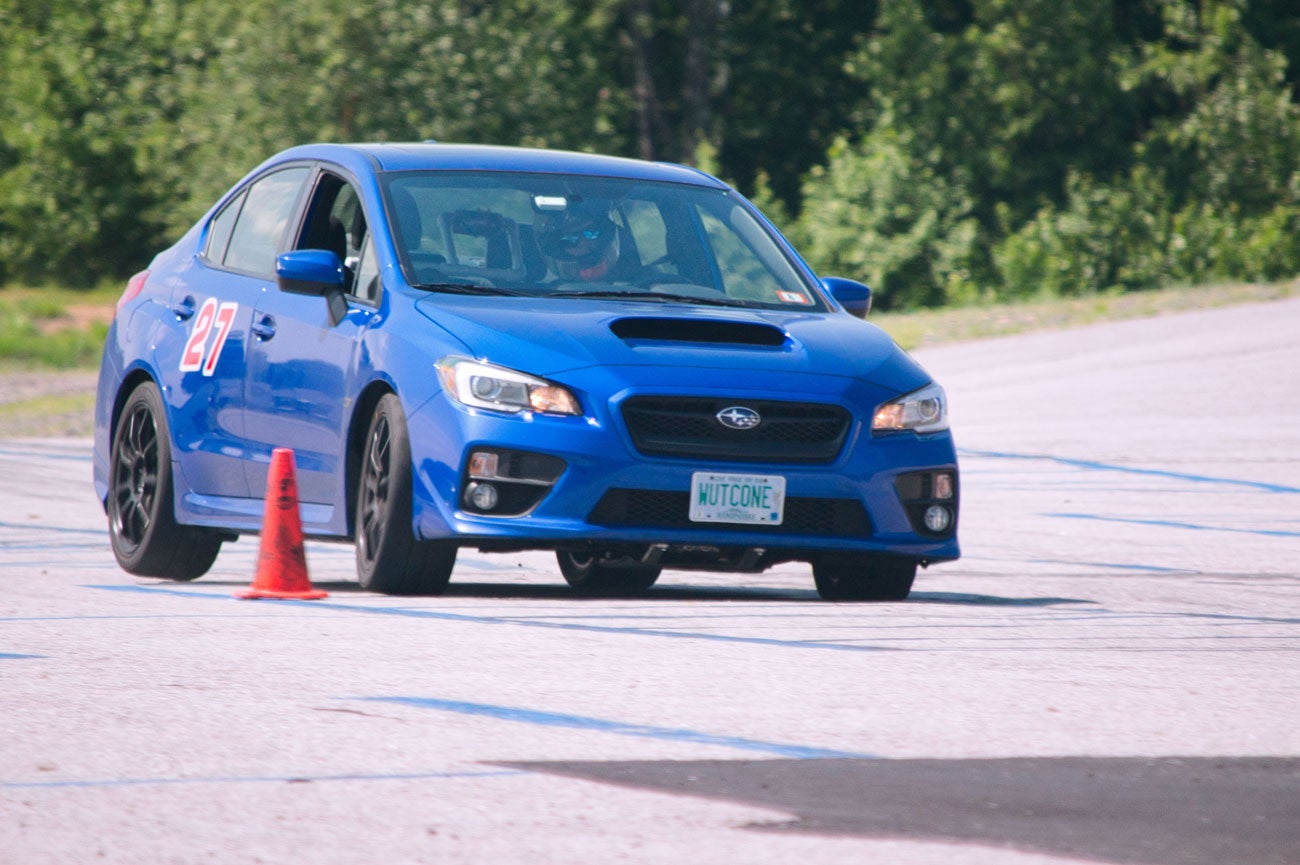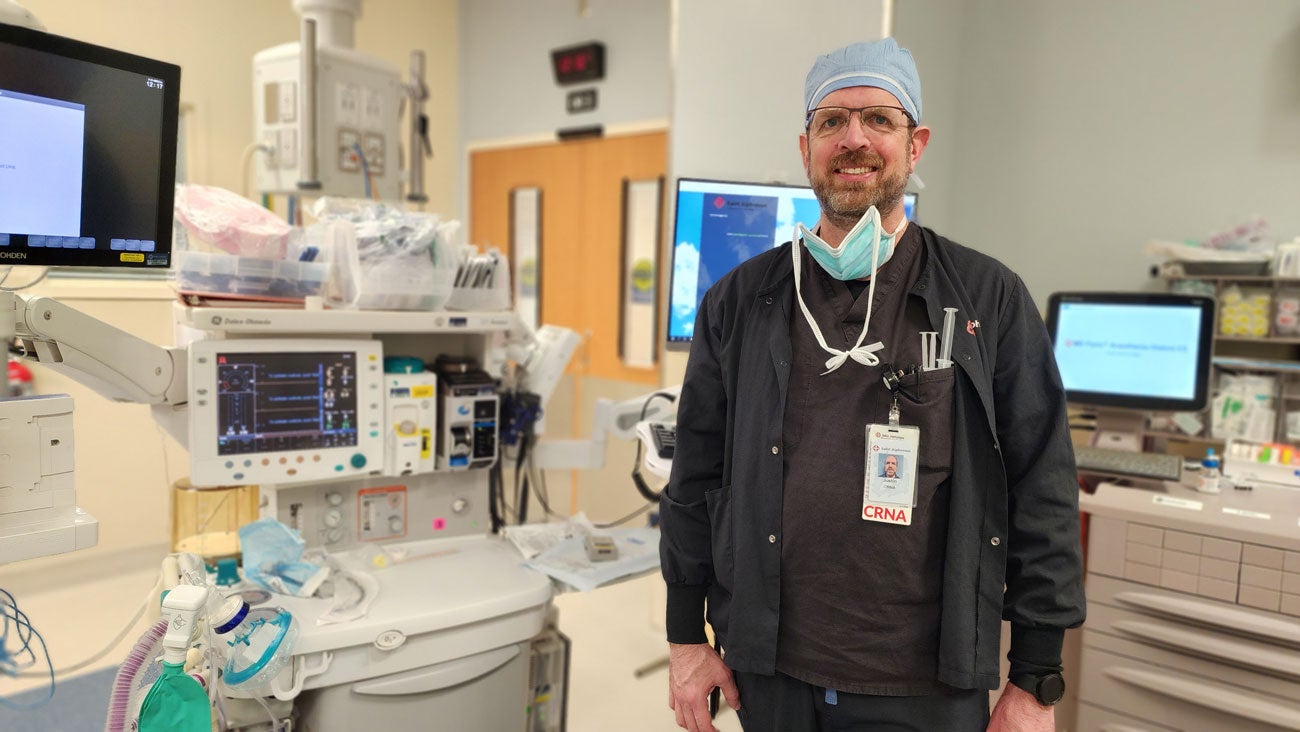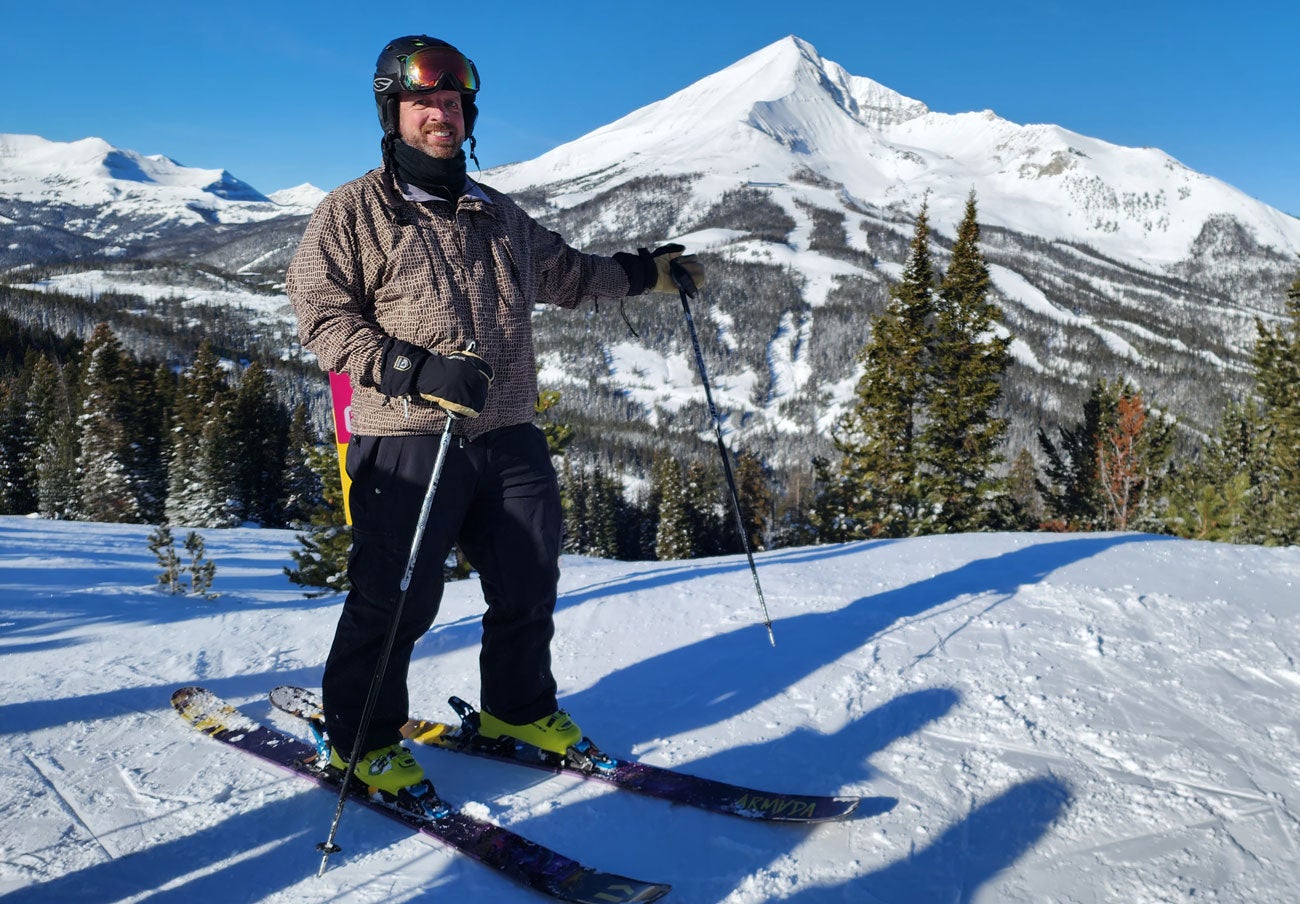School of Nursing alum Justin Malinosky didn’t alway know he wanted to be a nurse, much less a certified registered nurse anesthetist (CRNA). But after years in computer engineering, he left behind the hostile work environment in search of a meaningful job where he could directly help people.
He turned to nursing.
In 2013, he graduated from Boise State with his second bachelor’s degree. Malinosky sought out the challenging and technical work of critical care, but he increasingly desired more autonomy and more responsibility for his patients. It was time to pursue education as an advanced practice nurse.

“I wanted to feel challenged and to grow. It went hand in hand with wanting that extra responsibility. Not to ‘be the boss,’ but to understand it all better and to be able to make educated decisions that would help others. I felt that getting into advanced practice would give that to me,” Malinosky said. “And boy did it.”
In December 2019, he graduated from Texas Wesleyan as a certified registered nurse anesthetist. He now spends a lot of time skiing, racing cars in amateur competitions, and – of course – providing anesthesia.
Systems thinking as a CRNA
From engineering to nursing, Malinosky has always been a systems-thinker. That means he solves problems by breaking them down to understand what the causes and effects are within the whole system. Malinosky explains it like this:
“When I’m in the operating room and someone’s heart rate is going up, I don’t think, ‘What medication do I have that will slow their heart rate down?’” Instead, he considers what else is happening in their body that would cause an elevated heart rate. Then he decides what to do about it. He doesn’t want to rely on just treating symptoms or rote memorization.
“There are so many different medications we know, there are so many different diseases we know,” he said. “You’ll forget exactly how things work.”
“But if you remember the root cause and you understand the physiology behind it all, you can rebuild it,” he said. “That is definitely a strength for me, having an engineering background.”
This is particularly true when it comes to his role not just as a registered nurse, but as a certified registered nurse anesthetist who administers medications in the operating room.
For registered nurses, there are three steps involved in administering medication. There’s the provider – a physician, physician’s assistant or advanced practice nurse – who writes the medication order. Then a pharmacist reviews and confirms the order is appropriate for the patient. Then the nurse administers the medication at the proper time.
Malinosky’s job rolls these roles into one.
“Instead of three people doing those different roles, it’s now one person doing all three roles, and there’s no double check,” he said. “It’s important for nurses to know that they’re going to make mistakes along the way. When you become advanced practice that doesn’t change. We’re human; we make mistakes. So you have to be that much more careful, and also know so much more about how to fix those mistakes.”

Difficult conversations and chances to learn
Malinosky admits one of the most difficult parts of becoming a CRNA was the human interaction. He’s introverted, and as an engineer it wasn’t hard to keep to himself within his cubicle and crank out his work. But as a nurse, he needs to interact on a deeply personal level with patients. He must ask very personal questions to get at a patients’ medical history and deliver the best care.
“Trying to build that trust, that understanding in a very short period of time, it’s very challenging,” he said. Although asking personal questions is awkward, Malinosky’s interpersonal skills grew with practice. “After doing it for long enough, I’ve built that skillset, kind of got over it and stopped being afraid, because we’re all just people,” he said.
But answering personal questions can be just as awkward as asking them. So when patients look uncertain, Malinosky is quick to explain why he needs to know something. He often tells them: “In anesthesia, what I’m doing is not judgmental. It’s just so I have the information I need to provide a safe anesthetic.”
Instead of focusing on the awkwardness, he views these interactions as opportunities to help patients learn.
“I get to teach patients about what they’re going through, or what treatment we’re going to do, or what their expectations should be,” he said.
A natural teacher
When Malinosky left engineering, he considered pursuing a job in teaching or nursing. But just because he doesn’t hold a classroom teaching role doesn’t mean he is not an educator.

Malinosky is a clinical instructor, teaching senior student nurses and student nurse anesthetists on the job, which he finds very rewarding. He also relishes every opportunity to broaden other nurses’ scope of knowledge, since nurses “frequently talk about the opportunity to learn something new every day,” Malinosky said.
During the slow times of a procedure – waiting for a patient to fall asleep or waking them up – Malinosky engages with interested nurses in the room. He’ll ask, “Do you know why we’re doing this particular thing?” and they’ll talk through his process together. It’s an opportunity to share what he knows about a certain situation or medication, as well as verbalize his thought process.
Ten percent of Malinosky’s job is hands-on, like administering medications. “But ninety-percent of what we do is in our heads,” he said. Vocalizing that 90% not only educates other nurses in the room, but it helps break down apparent barriers of hierarchy that may keep a junior nurse from speaking up if something doesn’t look right.
“It’s also part of that engagement, letting them know they can talk to me and they can ask me questions,” he said. “I’m happy to talk, I’m happy to help them understand, which in turn does help me because if they see me do something unusual, they can say ‘Hey don’t you normally do this?’”
Grateful for Boise State’s impact
Looking back on his career, Malinosky is immensely grateful for the opportunities afforded to him since beginning that first semester at Boise State. He credits the School of Nursing with launching his successful career.
“I really appreciate the opportunity that I got from Boise State, and I really like the nursing program here,” he said. “It’s a well-structured program. There’s a lot of support…There’s a lot of energy behind everything that the students get here.”
Malinosky now hopes to impact other nursing students – and potential CRNAs – and help them find a meaningful career like he did. His best advice? Don’t choose a career based on the size of the paycheck.
“I honestly believe people should find something they love to do that they can make a career in,” he said. “For me, I love nursing and I absolutely love to practice anesthesia.”
He also adds:
“If at any point in your career you are bored with what you are doing, if you are unhappy with what you are doing, you can only blame yourself. There are so many things you can do as a nurse, there are so many places you can work as a nurse. If you are unhappy, do something different.”